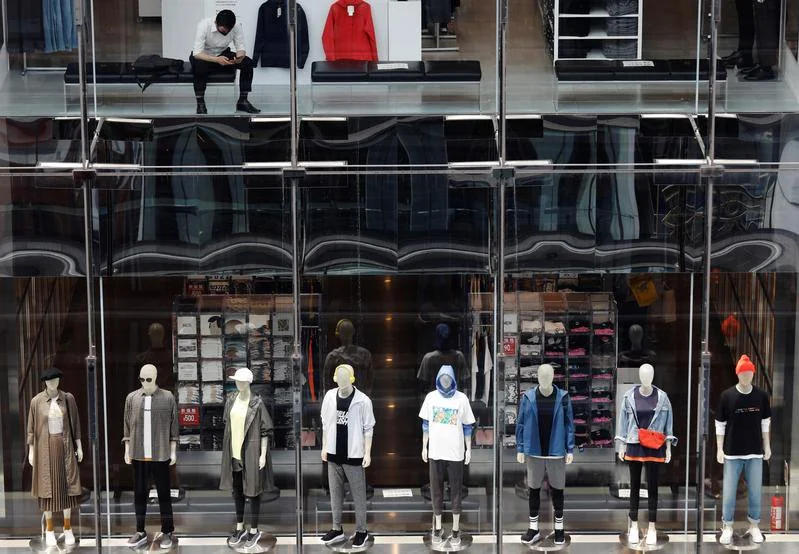High streets gaining traction in Indian retail landscape

A new report by Knight Frank India, ‘Think India Think Retail 2024’, reveals high streets in the country are doing rather well despite new malls popping up across cities. The report highlights a significant shift in consumer preferences, with high streets emerging as strong contenders against the dominance of shopping malls.
High street growth outpaces malls
The report indicates high street retail is witnessing an increase, outpacing the expansion of shopping malls. This can be attributed to several factors:
Experience-driven shopping: Consumers are increasingly seeking a more experiential shopping experience. High streets offer a vibrant atmosphere, a sense of community, and the convenience of browsing through stores located close together.
Lower rental costs: Compared to malls, high streets typically have lower rental costs, making them attractive for both established brands and new entrants. This affordability allows for greater diversity in the retail mix.
Accessibility and visibility: High streets are often located in well-connected areas with high foot traffic. This provides greater visibility for brands and allows for easier customer access.
Community connect: High streets often have a strong local character, fostering a sense of community and attracting residents who prefer a familiar shopping environment.
City-wise growth
The report reveals a variation in high street penetration across Indian cities.
Bangalore leads the pack with MG Road, Commercial Street, Brigade Road, and Church Street featuring in the top 10 high streets nationally. Other prominent cities include Hyderabad, Mumbai, and Delhi with Somajiguda, Linking Road, and Khan Market respectively. The report doesn't explicitly mention saturated cities, but it highlights that established high streets may not see the same rental growth as emerging ones. This suggests that newer areas with development potential are attracting investor interest.
Shifting retail landscape
The report also showcases a growing trend in the composition of high street retail. While traditional stores still hold a significant presence, there's a clear rise in non-traditional (organized/modern) retail formats:
The expansion of organized retail chains on high streets is driven by factors like standardized product offerings, efficient operations, and strong brand recognition. Investments in infrastructure, like better pedestrian walkways and parking facilities, make high streets more attractive for organized retailers. The entry of established brands and organized retail chains brings a wider product range and a more standardized shopping experience to high streets. These factors provide a compelling alternative to traditional stores for a growing segment of consumers. Moreover consumers today are more brand conscious and value the convenience and wider selection offered by organized retail stores.
Fashion dominates high street retail
The report identifies fashion/apparel as a major share of high street retail, catering to a large segment of consumer demand. This dominance is likely due to the visibility factor as high street locations offer excellent visibility for fashion brands, attracting customers with storefront displays and window shopping opportunities. Also, impulse purchases happen on highstreets. The open and walkable nature of high streets encourages impulse purchases, which benefit fashion retailers relying on trendy items. Moreover high streets offer a mix of established fashion brands, local boutiques, and budget-friendly options, appealing to a wider customer base.
The Knight Frank India report underscores a significant shift in the Indian retail landscape. With their focus on experience, affordability, and accessibility, high streets are poised for continued growth, offering a dynamic and evolving platform for retailers and consumers alike.
























